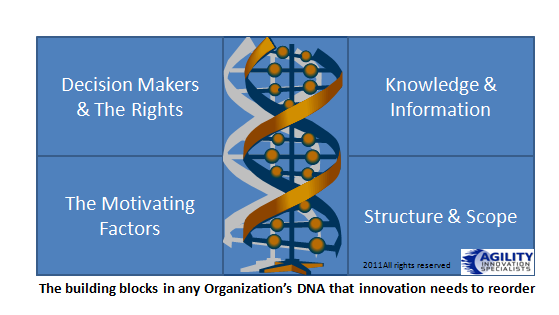I felt the heavy sound of the bells tolling away coming through two articles I have been reading and it reminded me of For Whom the Bell Tolls a famous novel by Ernest Hemingway.
I read two short articles over this weekend, one was entitled “Avoiding Innovation’s Terrible Toll” written by Spencer E Ante, published in the Wall Street Journal (http://on.wsj.com/zJ9IIT ) and the other by Jeffrey Phillips “When executives talk about innovation, watch out” in his innovate on purpose blog here (http://bit.ly/wpaqWu)
The first was the sad demises of Kodak
If you have not seen the day of Revolution in a small town where all know all in the town and always have known all, you have seen nothing.- For Whom the
Bell Tolls
Rochester may not be the ideal place to live, the headquarters for Kodak but it was the place where thousands of people earned their living by being associated with Kodak. They worked there, they supported it in the community, and they mostly benefitted from it.
What saddens me of course is that they at Kodak did not have that ability to react to such dramatic changes within their industry.


